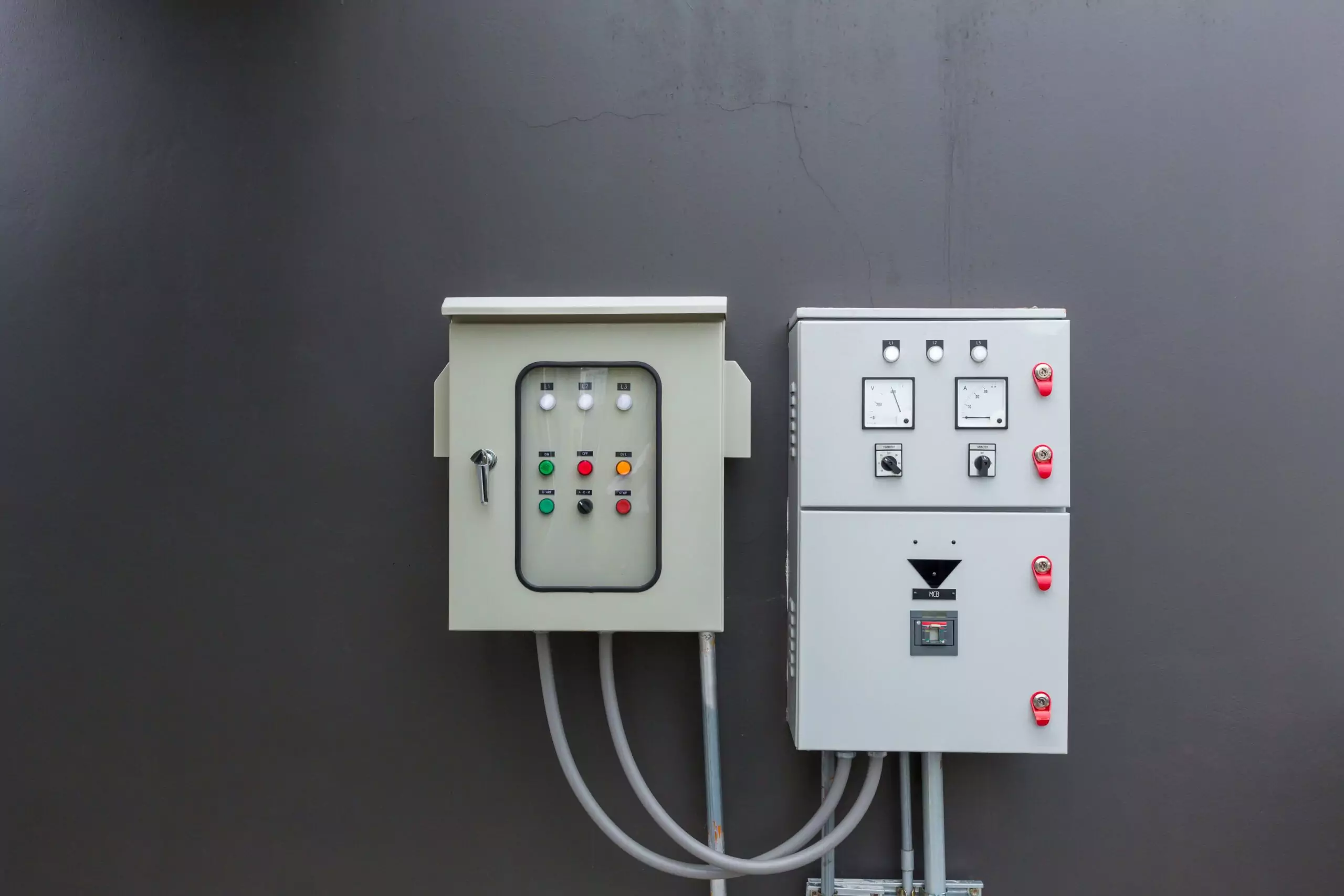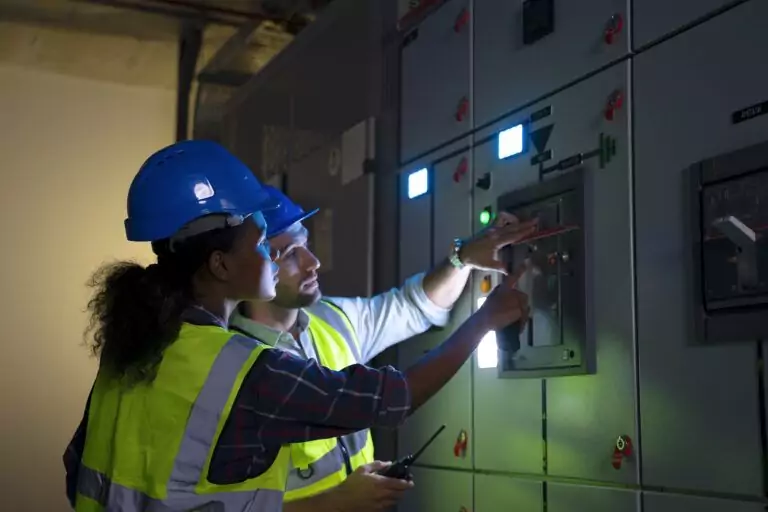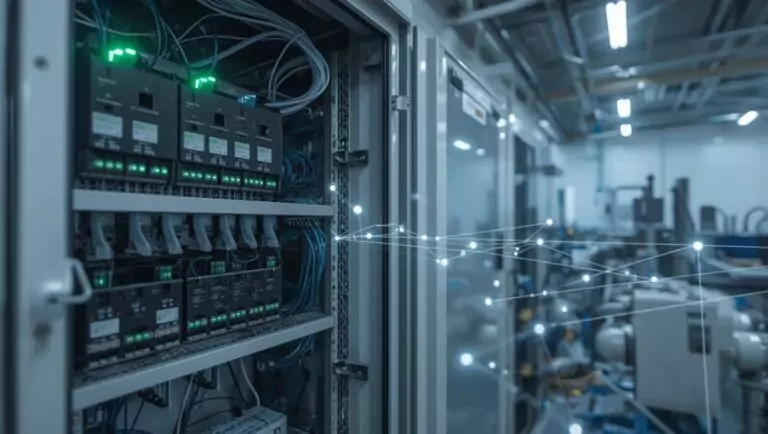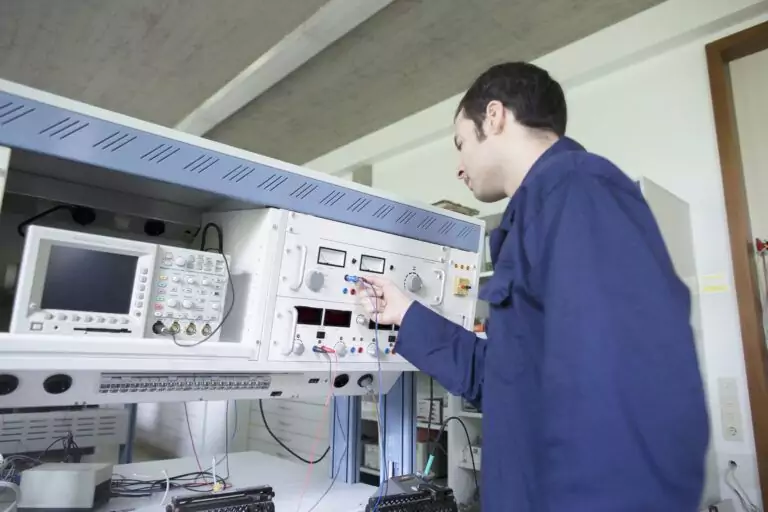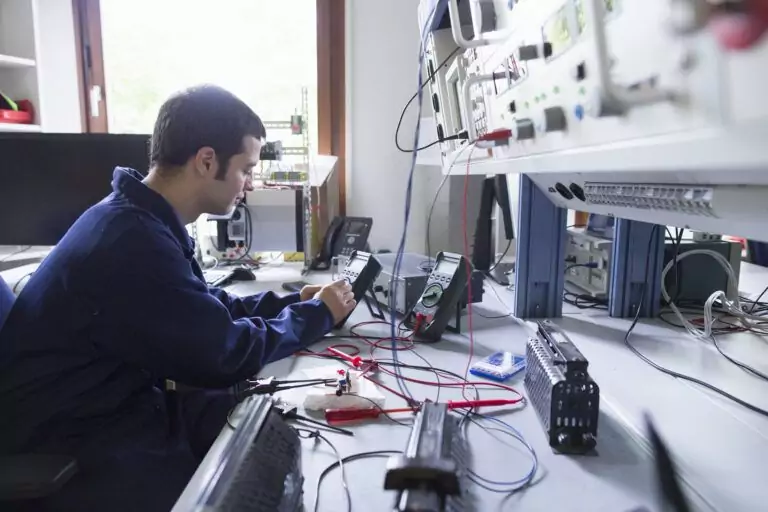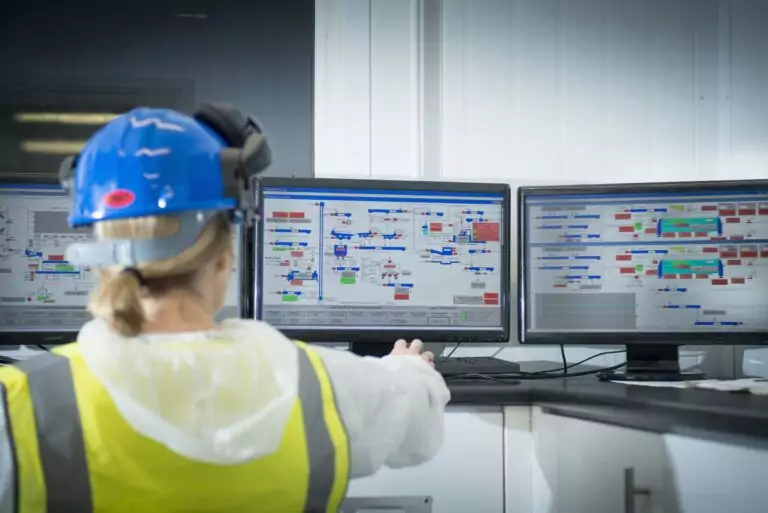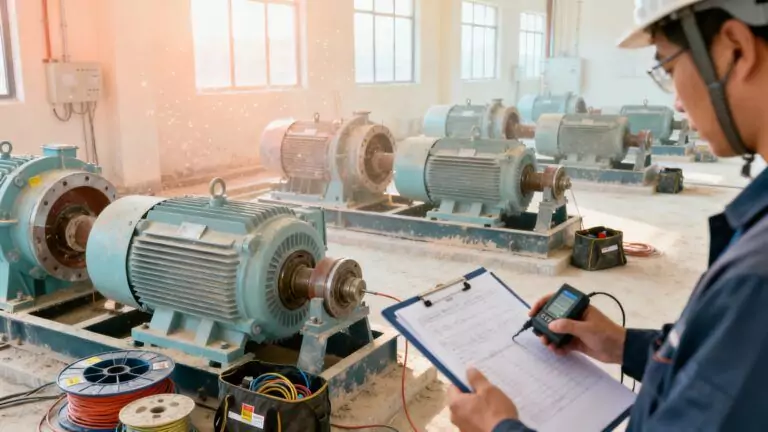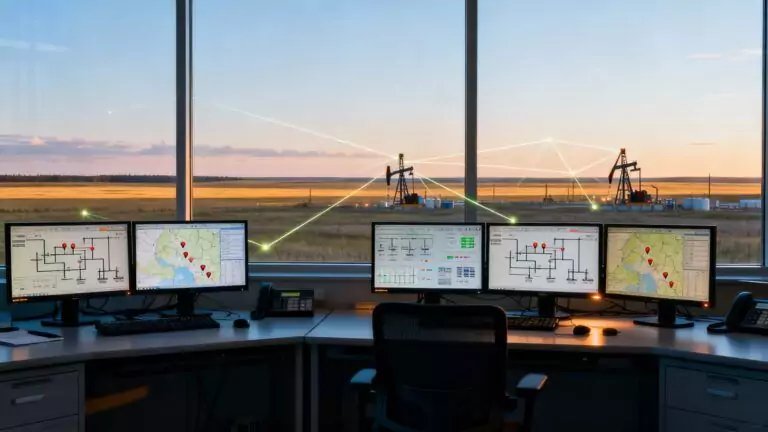When it comes to the world of electrical installations, one aspect that often gets overlooked is the sizing of electrical enclosures. Yet, this seemingly mundane detail is a linchpin in ensuring the safety, efficiency, and longevity of electrical systems. Whether it’s for protecting sensitive electronics from harsh environmental conditions or ensuring compatibility across various equipment, the importance of choosing the right standard size for an electrical enclosure cannot be overstated.
From the rigorous standards set by organisations like NEMA and the IP rating system to considerations for future expansion and environmental conditions, this article delves deep into the nuts and bolts of standard sizing for electrical enclosures. Join us as we unravel why getting the size right matters more than you think, ensuring your electrical installations are not just compliant, but also primed for optimum performance.
Why is Standard Sizing Important?
Standard sizing plays a crucial role across various industries, serving as a cornerstone for efficiency, consistency, and customer satisfaction. At its core, the importance of standard sizing can be attributed to several key benefits.
By adopting universally recognised sizes, businesses can cater to a global market more effectively, promoting cross-border commerce and expanding their customer base. Its widespread adoption is a testament to its role in facilitating seamless operations and interactions across diverse sectors.
Ensures Compatibility with Various Equipment
Standard sizing is fundamental in ensuring that components and equipment from different manufacturers are compatible with each other. This compatibility is crucial in industries where a seamless integration of parts is necessary for the overall system’s functionality. By adhering to standard sizes, manufacturers guarantee that their products can be easily integrated, repaired, or replaced, thereby enhancing the efficiency and reliability of equipment operation.
Facilitates Regulatory Compliance and Safety
Adopting standard sizing also plays a pivotal role in meeting regulatory requirements and ensuring safety. Many industries are governed by strict standards that dictate the dimensions and specifications of products to ensure they are safe for use. By following these standardised sizes, manufacturers not only comply with legal regulations but also contribute to the safety of end-users.
Standard sizes can prevent accidents and malfunctions that may arise from incompatible or improperly sized components, thus protecting both consumers and businesses from potential harm.
Simplifies Installation, Maintenance, and Upgrades
The use of standard sizes significantly simplifies installation, maintenance, and upgrades. When equipment and components conform to standard dimensions, installing and fitting them into existing systems becomes straightforward, reducing the time and effort required. This standardisation also simplifies maintenance and upgrading tasks, as replacement parts are readily available and can be easily interchanged.
For consumers and technicians alike, the predictability and uniformity of standard sizing eliminate guesswork, streamline operations, and contribute to the longevity and performance of equipment.
Common Standards for Enclosure Sizes
In the realm of electrical enclosures, standard sizing is governed by recognised global and regional standards, ensuring that these critical components meet specific requirements for protection, durability, and compatibility. The National Electrical Manufacturers Association (NEMA) sets standards in North America, categorising enclosures based on their environmental applications, such as general-purpose (NEMA 1), watertight (NEMA 4), and submersible (NEMA 6) uses. Internationally, the Ingress Protection (IP) rating system is used to specify the degree of protection an enclosure offers against solids and liquids.
For instance, IP65 enclosures are dust-tight and protected against water jets, while IP67 enclosures are dust-tight and suitable for temporary immersion in water. These standards are crucial for selecting the right enclosure for specific environmental conditions and ensuring the safety and longevity of the electrical equipment housed within.
NEMA Standards for North America
NEMA standards provide a comprehensive framework for the manufacture and use of electrical enclosures within North America, ensuring they adhere to strict safety and performance guidelines.
NEMA 1 for General Purpose
NEMA 1 enclosures are crafted for general-purpose applications. They offer a basic level of protection against dust, light, and indirect splashing but are not designed to be moisture-resistant and are typically utilised indoors.
NEMA 4 for Watertight Applications
NEMA 4 enclosures are built for both outdoor and indoor applications, safeguarding against windblown dust, rain, splashing water, and hose-directed water. They are well-suited for watertight applications, ensuring equipment remains dry and operational.
NEMA 6 for Submersible Applications
NEMA 6 enclosures are designed to be used in indoor or outdoor settings, providing protection against water ingress during temporary submersion at limited depths. This makes them perfect for submersible applications where equipment might be exposed to water.
IP Rating System for International Use
The IP rating system offers an internationally recognised scale to classify the level of protection electrical enclosures provide against the intrusion of solid objects and liquids.
IP65 for Dust Tight and Water Jets
IP65 rated enclosures ensure complete dust tightness and protection against jets of water. This rating is ideal for environments where dust and water spray are common, safeguarding internal components from damage.
IP67 for Dust Tight and Immersion
IP67 rated enclosures are fully dust tight and capable of withstanding temporary immersion in water. They are suitable for applications where equipment may occasionally be submerged, offering a high level of protection.
How are Enclosures Sized?
Electrical enclosures are sized based on the dimensions of the equipment they are intended to house. Factors such as the need for future expansion and the environmental conditions the enclosure will be exposed to are also considered, ensuring that the selected size accommodates both current and potential future needs. This methodical approach to sizing is essential for the safety, functionality, and longevity of both the enclosure and the equipment it protects.
Based on Equipment Dimensions
Sizing electrical enclosures begins with assessing the physical dimensions of the equipment to be enclosed. This critical step ensures that the enclosure is sufficiently spacious to accommodate the equipment, thereby facilitating optimal performance and ease of access for maintenance.
Considering Clearance for Heat and Wiring
Moreover, the process involves accounting for adequate clearance for heat dissipation and wiring purposes. This additional space is vital to prevent overheating and to enable straightforward installation and maintenance activities, ultimately ensuring the system’s safety and reliability.
Factors Influencing Enclosure Size Choice
The selection of an electrical enclosure’s size is influenced by several critical factors, ensuring the enclosure meets both current and future needs. These factors collectively ensure the chosen enclosure size provides optimal protection, functionality, and longevity for the electrical components it encases.
Type of Equipment to be Housed
The size and type of equipment are pivotal in determining the minimum requirements for an enclosure. Larger or complex systems necessitate more spacious enclosures to house not only the equipment itself but also essential operational components, such as cooling systems and internal wiring.
Environmental Conditions
Environmental factors, including dust, moisture, and corrosive materials, significantly influence the selection of an enclosure’s size and type. To safeguard sensitive equipment, enclosures might need extra space for environmental control systems that mitigate these external conditions.
Future Expansion Needs
Anticipating future expansion plays a critical role in choosing an enclosure size. Ensuring there is enough room for adding new equipment, upgrading existing systems, or integrating additional features is essential. This foresight helps in maintaining the enclosure’s functionality and relevance over time, thereby avoiding the need for costly replacements or extensive modifications.
Determining the Appropriate Standard Size
Determining the right standard size for an electrical enclosure involves a thorough evaluation of equipment documentation, which provides specifications and requirements. This process ensures the selected enclosure not only fits the current equipment but also accommodates future needs, providing a balance between protection, compliance, and flexibility.
Consult Equipment Documentation
Consulting equipment documentation is the foundational step in determining the appropriate enclosure size. This crucial documentation outlines vital specifications and operational requirements, guiding the selection process to ensure the enclosure is perfectly suited to the equipment’s physical and functional needs.
Evaluate Environmental and Compliance Needs
Evaluating environmental and compliance needs is critical for choosing an enclosure that can endure specific environmental conditions, such as moisture, dust, and temperature extremes. This careful evaluation guarantees that the chosen enclosure complies with all relevant safety and regulatory standards, offering optimal protection for the housed equipment.
Consider Future Expansion Possibilities
Considering future expansion possibilities plays a pivotal role in the selection of an enclosure. This forward-thinking approach ensures the chosen enclosure can accommodate future equipment additions or system upgrades, eliminating the need for costly replacements and allowing for seamless scalability and adaptability as operational needs evolve.
Getting the Fit Right from the Start
Choosing the right size for electrical enclosures is more than a technical detail; it’s a strategic decision that impacts safety, compliance, and the longevity of your systems. This article explored how standard sizing ensures compatibility, supports regulatory adherence, and simplifies installation and maintenance, while also guiding you through key standards and considerations for effective sizing.
At Vista Projects, our integrated engineering expertise ensures your control systems and enclosures are designed to meet current demands and future challenges. We specialise in creating scalable, compliant solutions that optimise both performance and space.
Need help selecting the perfect enclosure for your next project? Contact Vista Projects today to get expert guidance tailored to your operational needs.
